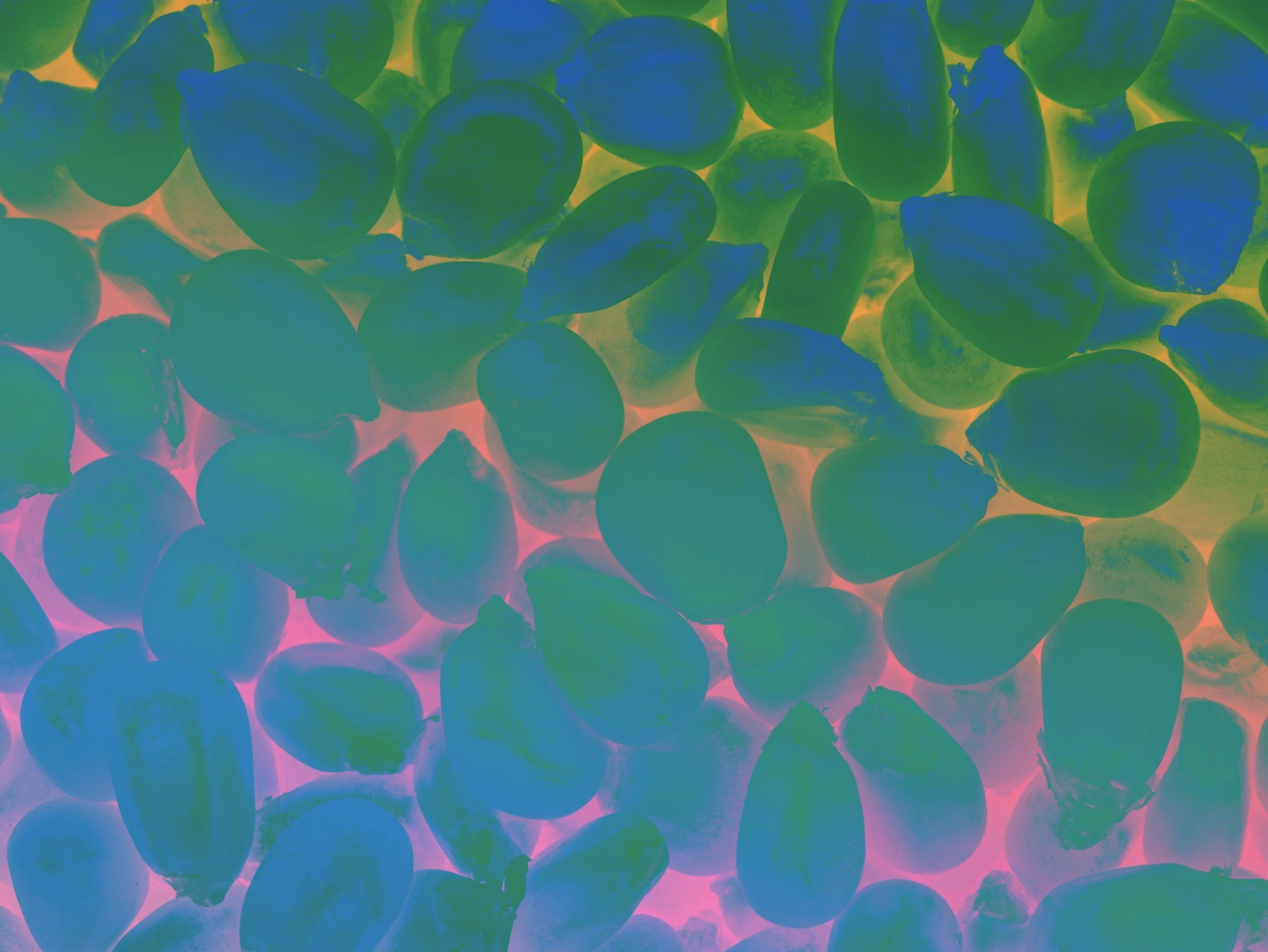To Get to Genius, Embrace Goofy
Everybody wants to increase the volume of "genius" caliber output when it comes to idea generation. This is often accompanied by an intolerance for mediocrity, and a disdain for the trivial. "I just want the good ideas."
What folks fail to realize is that one of the primary drivers of quality of ideas is actually quantity of ideas. UC-Davis Psychologist Dean Simonton makes the case for this in his fascinating book, "Origins of Genius."
Perhaps most fascinating, as Frans Johannsen describes in his fantastic book, "The Medici Effect," "The best predictor for when scientists produce their best works, their most exceptional contributions, is actually when they produce the most."
Quantity drives quality.
But to be more accurate, one should admit that quantity drives not only quality; it also drives mediocrity. You see, there's really no way to only come up with good ideas. So the folks who generate more ideas, while increasing the quantity of good ideas, they also increase the quantity of bad ideas. And here's the rub: nobody wants to put up with such a high volume of bad.
But you don't get genius without the goofy.
Johannsen continues, "Incidentally, this (when scientists produce the most work) was also when they had the greatest chance of writing their worst papers."
That's huge! And it's something far too few folks truly appreciate. If you think about ideas as falling along a normal distribution, it makes perfect sense. And the great irony is, in cutting off the left hand side of the distribution (ie "no 'bad' ideas, please"), they unwittingly eliminate the right hand side (where the genius lies!) as well.
So the question is, how to generate volume of material, and more to the point, how to tolerate the requisite volume of goofiness, required to get to genius.
Click here to subscribe to Paint & Pipette, the weekly digest of these daily posts.











There’s a dangerous double standard that's killing our AI collaboration: abrilliant friend makes an honest mistake? We easily overlooked it. But if AI had done the exactly same thing we’d be furious. We'd conclude AI is either incompetent or broken. Our loss.